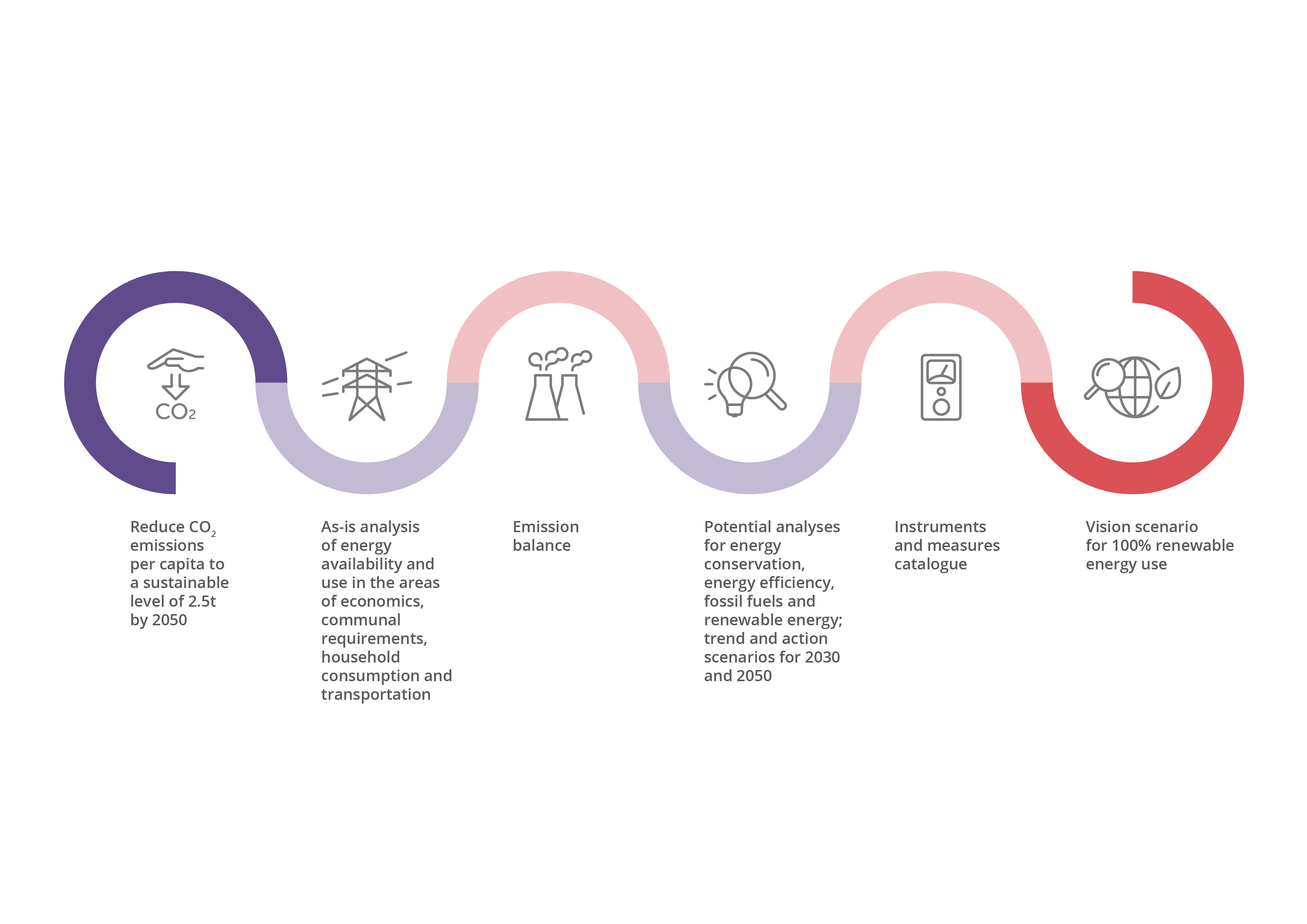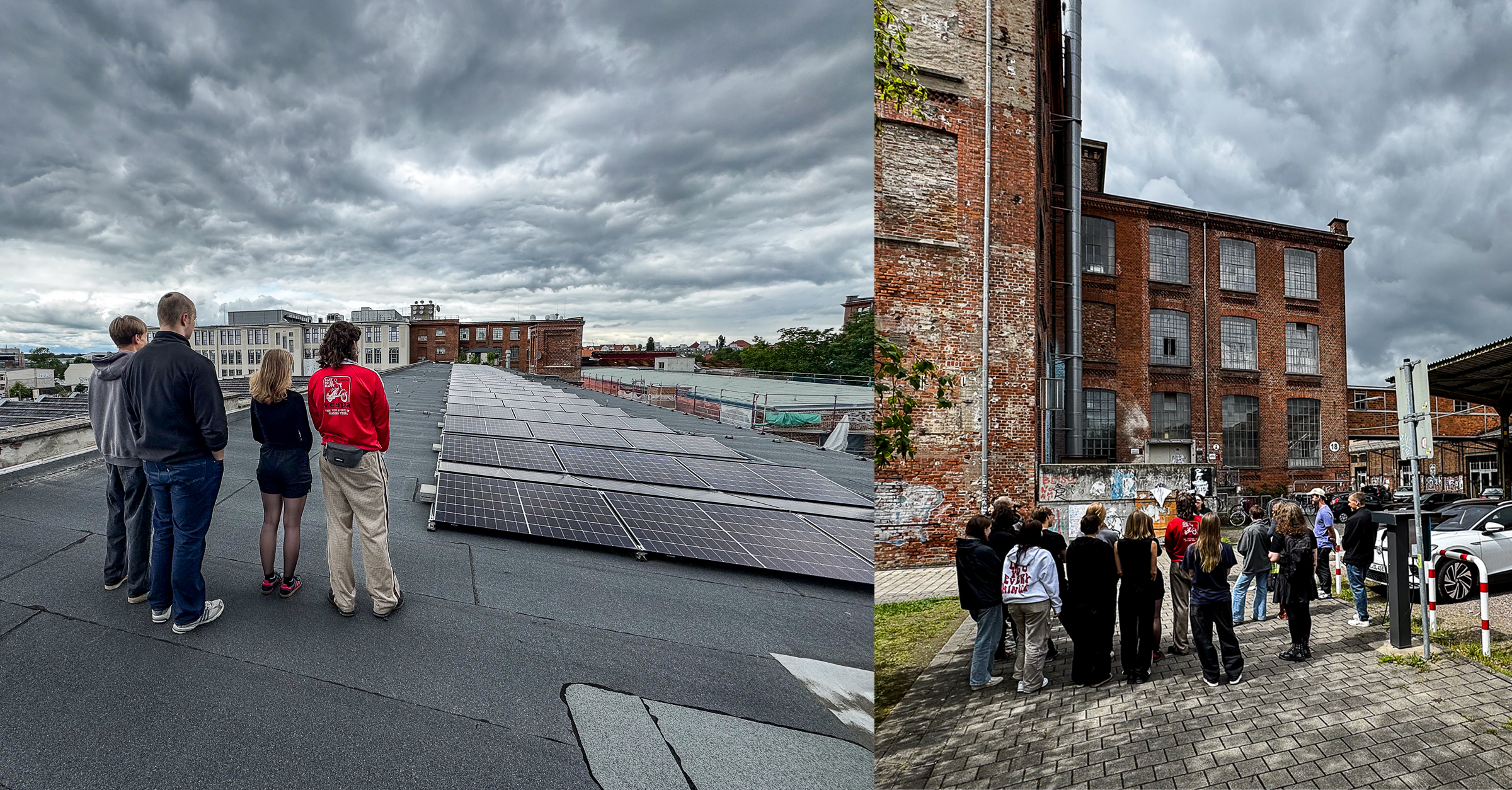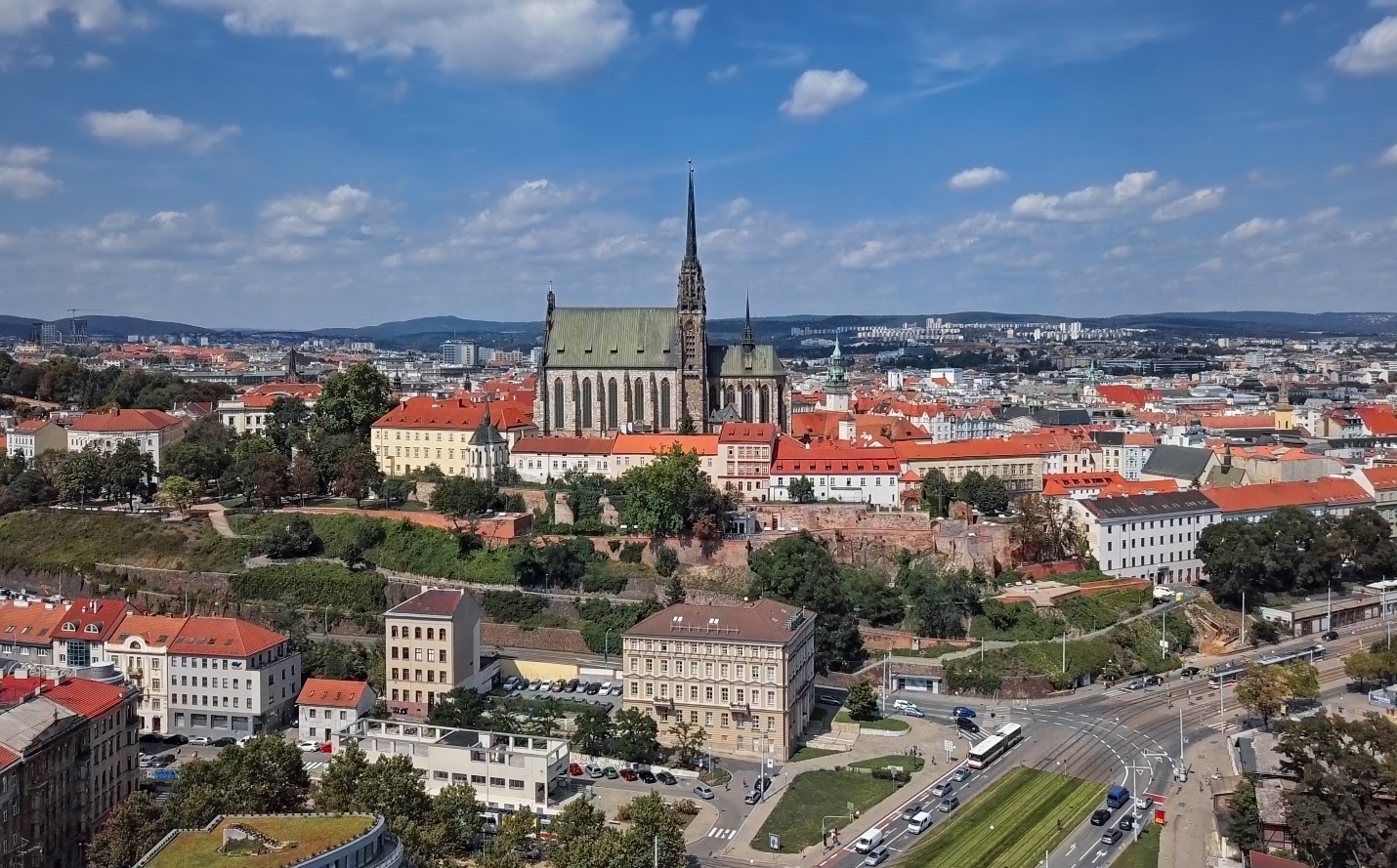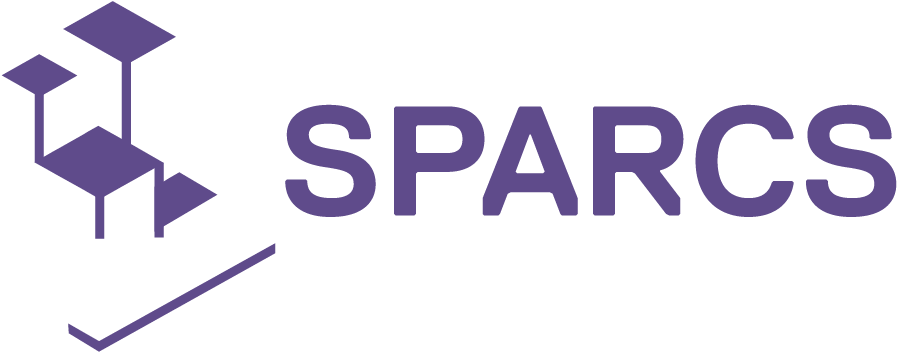Leipzig
Leipzig aims to reduce its per capita CO2 emissions by 10% per year to reach a sustainable level of 2.5 t by 2050. To fulfil this goal, it has drawn up an Energy and Climate Protection Work Programme, outlining priority measures and projects to be implemented by the municipality, public transport association and municipal utilities.
The long-term vision for 2050 aims at enhancing the consumption of renewable energy produced in the city and virtually connecting all participating generation, storage and consuming entities in order to balance energy consumption and production and enable new services. The goal of the city is to develop a 2050 strategy that can be replicated in districts not only in Leipzig but in other cities across Europe.
GOALS
- Reduce CO2 emissions per capita to a sustainable level of 0.25 emissions by 2040
- As-is analysis of energy availability and use in the areas of economics, communal requirements, household consumption and transportation;
- Emission balance;
- Potential analyses for energy conservation, energy efficiency, fossil fuels and renewable energy; trend and action scenarios for 2030 and 2050;
- Instruments and Measures Catalogue;

Leipzig – SPARCS Demo site Baumwollspinnerei
DISTRICT
The protected premises of Baumwollspinnerei (former cotton mill from 1884) with approx. 30k m² consist of partly renovated buildings mainly built of brick. The demo area is a best-practice example for the revitalization of a former industrial site used for cultural activities.
Go to Google Maps
Leipzig-West (Duncker neighbourhood and Solar Thermal Plant in Lausen)
Leipzig-West demo district consists of smart social housing stock in the Duncker neighbourhood in Neulindenau which is virtually connected to the new to be built solar thermal plan in Leipzig Lausen. Different apps to visualize heat and energy consumption will help tenants to become active members of the PED.
Go to Google Maps
Virtual Positive Energy Community
Virtual Positive Energy community refers to the variety of energy-related actions virtually connecting multiple locations. These actions aim at understanding the real-life impact of a connected energy district empowered by open technologies. An Information and Communication (ICT) model allows for measuring and connecting producer, consumer and prosumer.
TOPICS
Personalised informative billing
An app to visualize the heat consumption including the heating bill information will help to improve the understanding of the consumption through comparison. An assessment of tariff schemes for renewable energy will be developed.
Human-centric energy management and control decision support
Comfort profiles will form the basis for the definition of context-aware thermal demand flexibility profiles for human-centric optimization recommendations. Consumers will be able to partake in the climate friendly city vision.
Decarbonisation of district heating
A large scale Solar Thermal Plant will be integrated into Leipzig’s district heating system. Furthermore different studies are conducted to estimate the potential integration of waste heat (e.g. from data centers, industrial sites) and decentralized renewable energy sources into the DHS.
Heat storage
A new heat storage system aims to improve the efficiency of heat generation throughout the district heating network and a Power2Heat plant network is built in order to utilize excess solar energy from the electricity grid.
ICT integration
Energy flow management will be done with an Information and Communication (ICT) model, which virtually connects buildings, pursuing optimization of energy flows to increase comfort, reduce CO2 emissions and improve cost-efficiency.
Intelligent EV charging and storage
One of the first bidirectional EV (electric vehicle) charging station will allow EV‘s to be used as storage. Depending on how high or low electricity production is, they will function as batteries or energy can be fed into the grid.
Micro grid inside the public grid
The local electricity network of Baumwollspinnerei will be upgraded to micro grid. The grid will be balanced against the city-wide virtual power plant selling energy when demand is exceeded in the micro grid and vice-versa.
Heating demand control
At Baumwollspinnerei an intelligent heating demand control, utilising the old walls of the buildings functioning as heat storage buffer will be developed. A user-interface with air quality info and demand control will be installed.



